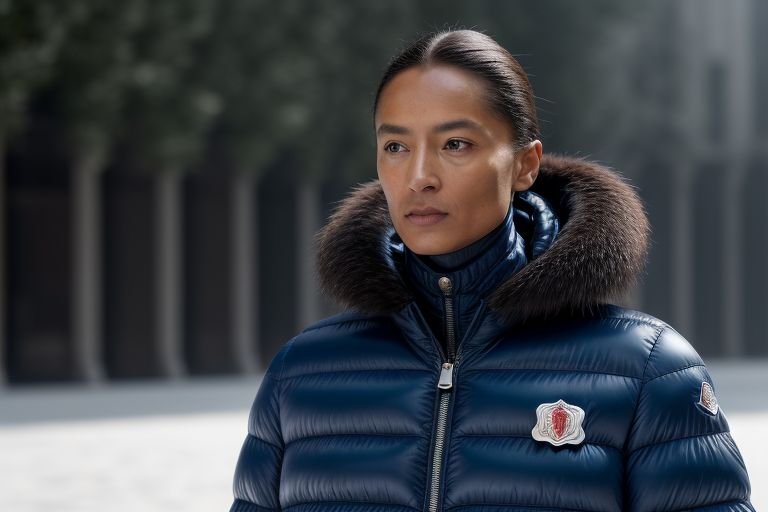
LVMH Acquires Minority Stake In Moncler Signaling Strategic Shift
LVMH the world’s largest luxury products conglomerate has recently signed on as a minority investor in Moncler, the Italian luxury outer wear maker. The strategic investment has been made along with Remo Ruffini, the Moncler’s CEO and the largest shareholder to signify the new era of luxury fashion and accessories market.
Here is the major part – the 3 billion transactions signed today came about through the acquisition of a stake in the Ruffini family’s holding company, the biggest Moncler shareholder. Although it is still unknown what exact percentage of the stake was acquired or the exact amount of money LVMH invested, insiders of the industry reveal that this acquisition is only a part of LVMH’s long-term market vision to expand its luxury outerwear market share and add to its repertoire.
Moncler, a producer of luxurious items from down jackets through to ski wear has been one of the best performers in luxury segment in recent years. The company has grown from a market for high-end ski-wear producer to a worldwide prestigious fashion brand capable of attracting consumers of all ages and classes.
The same can be said of Moncler because to LVMH it provides the possibility to capitalise on moncler’s knowledge in the outerwear segment and possibly use the synergies across its numerous luxury brands. The company that pres over brands like Louis Vuitton, Dior, and Hennessy has been on the lookout for acquisitions to add more portfolio to its luxury portfolio, and the Moncler acquisition fits this approach.
Moncler’s controlling owner, Remo Ruffini, said he was excited about the tie with LVMH, adding that the French group’s worldwide footprint and specialised knowledge of luxury would be crucial as Moncler evolves. He ensured that it would make Moncler independent to operate so that they would gain from LVMH was assets and experience.
Economists think that such a decision is beneficial to the two firms. For Moncler, LVMH backing could mean that it has a new and improved way of distributing products, more and better marketing strategies, and possibly a relationship with other brands from the LVMH group. For LVMH, the acquisition lifts a power brand into its portfolio and gives it a place in one of luxury’s most promising segments.
The timing of this deal is particularly puzzling given the pressures that now confront the luxury industry in a number of key global markets. Due to the issues with the pace of the growth in such essential countries as China and the existing volatility in the global economy, many luxury companies are in the search for possible ways to bolster their positions and identify new opportunities for the growth.
This also demonstrates the growing signs of consolidation which has become evident in the luxury sector whereby large groups have been pursuing to acquire or invest in other successful Independent Brands. This strategy has been initiated by LVMH’s competitors such as the Kering and Richemont that have also been engaging themselves in acquisitions of promising luxury brands.
This announcement has been well received by the financial markets, and shares in LVMH and Moncler up in trading. To some extent, investors seem to perceive window dressing benefits and growth potential of combined companies’ synergies.
This is how the relations between the luxury brands and their manufacturers will develop, and new trends in the form of cooperation and investments, such as this LVMH – Moncler one, will emerge. Such relationships help independent brands retain their trademark while leveraging the backing and relations of vast luxury organizations, which may help in faster development and worldwide penetration.
The LVMH-Moncler deal also stand out to prove that outerwear segment has a significant role to play in the luxury goods market. The global consumer is shifting to wardrobe solutions that offer on the go performance & style, and this has placed the likes of Moncler advantaged. This investment by LVMH shows that this conglomerate firm has potential of growth in this category.
While BMW and Puma continue to iron out the specifics of the partnership, the luxury market will be carefully eyeing what will happen when these two join together and what this will mean for the future of luxury fashion and accessories. Taking into account LVMH’s previous experience in developing and consolidating luxury brands and Moncler’s position on the current luxury outerwear market and its productivity growth prospects, this combination can define the new landscape of luxury outerwear brands in the years to come.


